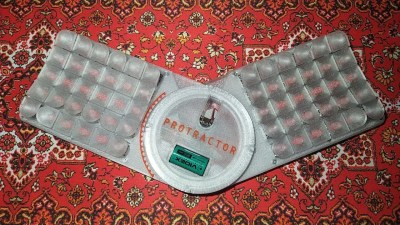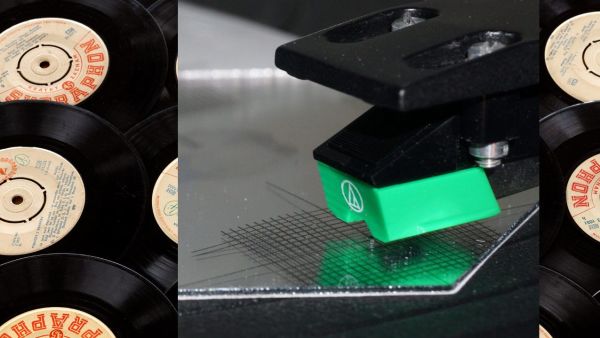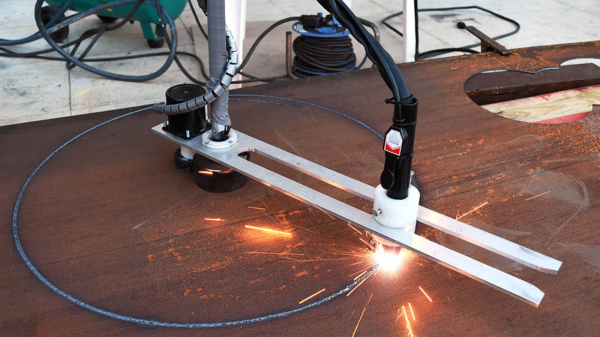“World’s best” is a mighty ambitious claim, regardless of what you’ve built. But from the look of [Marius Hornberger]’s tricked-out miter fence, it seems like a pretty reasonable claim.
For those who have experienced the torture of using the standard miter fence that comes with machine tools like a table saw, band saw, or belt sander, any change is likely to make a big difference in accuracy. Miter fences are intended to position a workpiece at a precise angle relative to the plane of the cutting tool, with particular attention paid to the 90° and 45° settings, which are critical to creating square and true joints.
[Marius] started his build with a runner for the T-slot in his machine tools, slightly undersized for the width of the slot but with adjustment screws that expand plastic washers to take up the slack. An aluminum plate equipped with a 3D printed sector gear is attached to the runner, and a large knob with a small pinion mates to it. The knob has 120 precisely positioned slots in its underside, which thanks to a spring-loaded detent provide positive stops every 0.5°. A vernier scale also allows fine adjustment between positive stops, giving a final resolution of 0.1°.
Aside from the deliciously clicky goodness of the angle adjustment, [Marius] included a lot of thoughtful touches. We particularly like the cam-action lock for the angle setting, which prevents knocking your fine angle adjustment out of whack. We’re also intrigued by the slide lock, which firmly grips the T-slot and keeps the fence fixed in one place on the machine. As for the accuracy of the tool, guest meteorologist and machining stalwart [Stefan Gotteswinter] gave it a thumbs-up.
[Marius] is a veteran tool tweaker, and we’ve featured some of his projects before. We bet this fence will see some use on his much-modified drill press, and many of the parts for this build were made on his homemade CNC router.
Continue reading “Tricked Out Miter Fence Has All The Features” →















